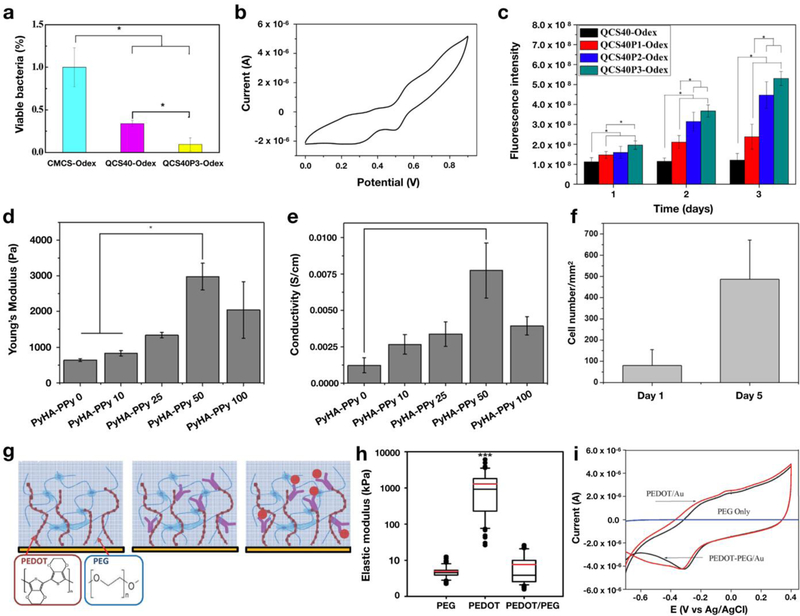Figure 3. Structure and properties of ECHs formed by using conductive polymers.
In vivo antibacterial activity test using hydrogels formed with carboxymethyl chitosan (CMCS-Odex), quaternized chitosan (QCS40-Odex), and quaternized chitosan with 3% (w/v) polyaniline (PANi). Oxidized dextran (Odex) was used as a crosslinker to form these ECHs. Results showed that engineered PANi-incorporated ECHs exhibited high antimicrobial properties (a). PANi-incorporated ECHs also exhibited high electrical conductivity (b). These ECHs demonstrated increased C2C12 cell proliferation with an increasing concentration of PANi, after 3 days of culture (c). [79] ECH developed by crosslinking polypyrrole (PPy) with hyaluronic acid (HA). Mechanical testing of HA-based ECHs with varying concentrations of PPy demonstrated that higher concentrations of PPy results in higher elastic modulus (d). In addition, higher concentrations of PPy increased electrical conductivity up to samples containing 50 mM (e). Plot of the number of attached 3T3 cells seeded on the surface of HA-based ECHs containing 50 mM PPy. These results showed that HA/PPy ECHs supported cell adhesion and the proliferation of 3T3 cells up to 5 days (f). [107] Schematic for the synthesis of ECHs by adding PEDOT (red) and PEG (blue) to the surface of an electrode. Biorecognition molecules (purple) are added into the gel by attaching to -COOH groups of PEDOT. Capture of B-IFN-γ molecules (red dot) resulted in a change in the electrical signal of the ECH (g). Assessment of the mechanical properties of PEG hydrogels, as well as PEDOT and PEDOT/PEG ECHs. Here the results showed that by adding PEDOT to PEG did not significantly change the elastic modulus compared to pure PEG hydrogels (h). However, the addition of PEDOT resulted in a significant increase in electrical conductivity (i), which is necessary for application in the field of biosensors. [108]
Sources:
[79], Copyright 2015. Reproduced with permission from Elsevier Inc.
[107], Copyright 2016. Reproduced with permission from Springer Nature.
[108], Copyright 2016. Reproduced with permission from John Wiley and Sons Inc.

